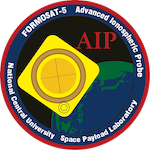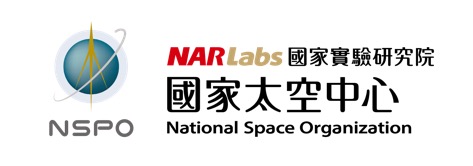
(updated: 05/05/2018)
National Space Organization FORMOSAT-5 Advanced Ionospheric Probe Science Data Center (NSPO FS-5 AIP SDC or simply AIP/SDC) starts operation in 2014 to fulfill one of the milestones required by FORMOSAT-5 AIP science payload project. AIP/SDC is located in National Central University (NCU) campus at Chung-Li. The center is conducted by the Graduate Institute of Space Science and Engineering, GISSE, under the leadership of Prof. Chi-Kuang Chao, the Principal Investigator (PI) of FORMOSAT-5/AIP mission operation project. One room (S4-820) is available to house staff members and equipment designated for the AIP/SDC.

AIP/SDC major functions include AIP science operation support and science data management. Specifically, the SDC is responsible for organizing the AIP science team, domestic user groups, and international collaborations during the pre-launch phase. SDC staffs also take advantage of the excellent computer facilities at NCU to develop software that will be required for processing and analyzing the AIP data as well as the related sciences. During the mission operation phase, the AIP/SDC will interact with NSPO SOCC and the AIP science team to plan and perform the AIP science operations. Upon receiving level-0 data sets from NSPO via the electronics network, the AIP/SDC will perform data decoding and further processing to generate level-1 data files and quick-look plots for the AIP team to monitor the instrument performance. Moreover, the SDC will compile higher level AIP data according to various geophysical parameters in response to requests of the scientists and users. Throughout and after the mission operation phase, the AIP/SDC is responsible for storing, archiving, querying, and distributing the AIP data and algorithms. Normally, the data will be directly accessible through the electronics network, with the level of access determined by the PI or the authorized personnel. Furthermore, the AIP/SDC will actively communicate with research and education communities to promote AIP data maximum usage.
